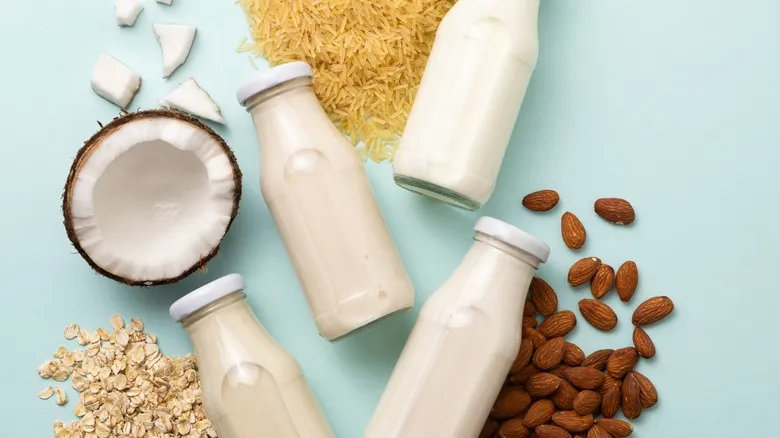Which plant-based milks work best for baking
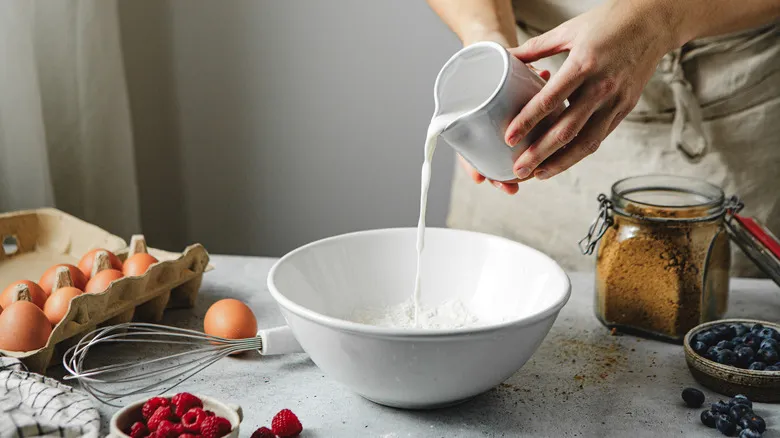
If you're in search of a versatile non-dairy milk for baking, soy milk is your best bet. Its protein content is significantly higher than that of other alternatives. However, if soy isn't suitable for you, there are other choices available, though you'll need to be more selective. If you choose almond or oat milk, which often come in a wider variety than some other plant-based options, make sure to select a full-fat version. Since protein is important for certain baked goods, you might also want to consider higher-protein alternatives.
Some plant-based milks are ideal for specific substitutions, such as using coconut milk in place of sweetened condensed milk. You may need to tweak certain recipes based on the milk you choose. For example, when making icing or glaze with a non-dairy milk that is thinner than regular milk, you'll want to use less of it to achieve the desired consistency. This guideline applies to all recipes: anticipate making minor adjustments to measurements or other ingredients when replacing dairy milk. Additionally, remember that non-dairy milks, while not derived from cows, do not last forever—oat milk and almond milk typically remain good for about a week after opening.
Recommended
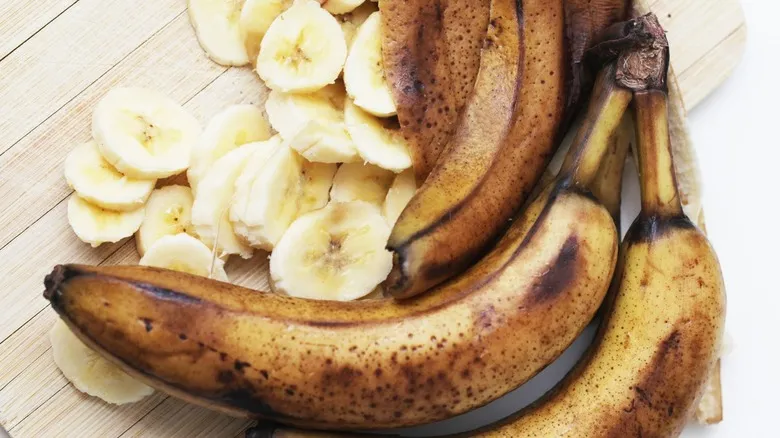
The Science Behind Why Overripe Bananas Taste Better In Banana Bread

15 Baking Tips From Martha Stewart That We Love
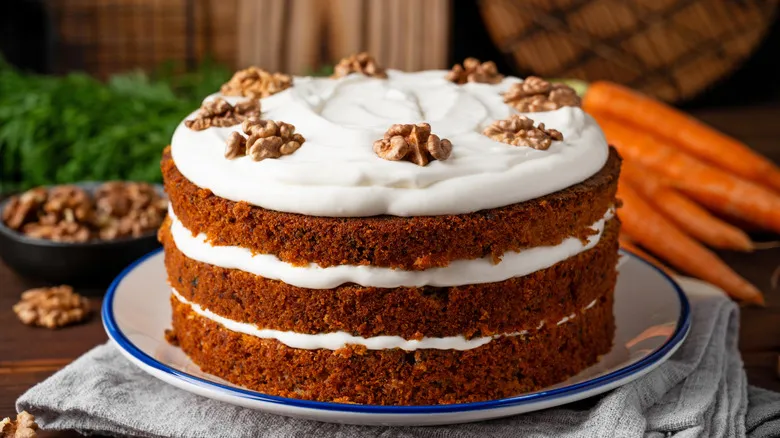
Carrot Cake Has Actually Been Around Since The Middle Ages
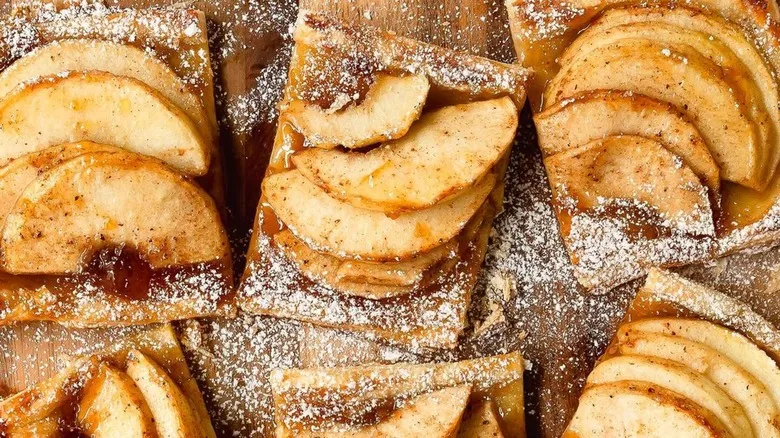
The Biggest Difference Between A Galette And A Tart
Next up

